film techniques
1/21
There's no tags or description
Looks like no tags are added yet.
Name | Mastery | Learn | Test | Matching | Spaced |
|---|
No study sessions yet.
22 Terms
extreme close up
focusing on a detail (e.g. eyes) —you cannot see the entire subject, but rather are forced to focus on a particular portion
effect:
used to show the expression on a character’s face or indicate the importance of an object.
- Capturing details like eyes, mouth, or hands can convey subtle emotions (fear, excitement, sadness) that might not be visible in a wider shot.
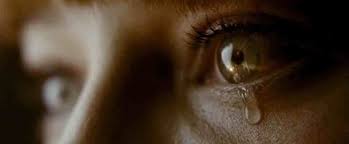
close up
shot taken of a subject or object at close range intended to show greater detail to the viewer (e.g. a person’s face)
effect:
establishes an emotional connection between the audience and the character
shows facial expressions/movements
draws attention to key details, emphasizing its importance in the story
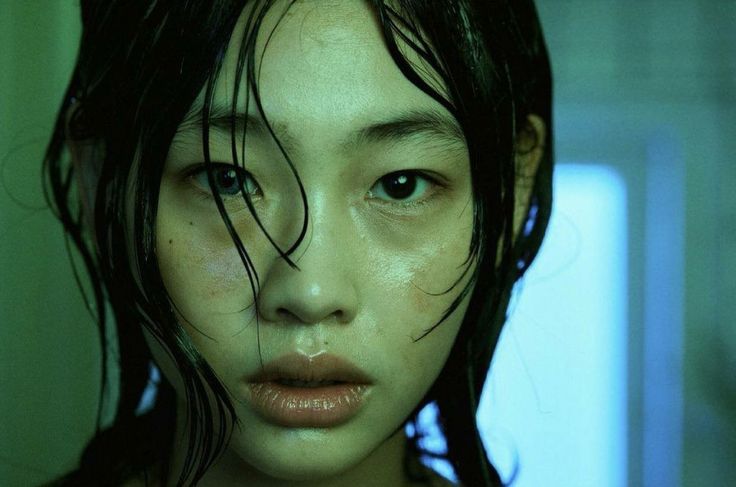
Mid shot
shot taken from waist up (literally from waist up)
effect:
shows both facial expressions and body language
emphasizes the actor and their surroundings
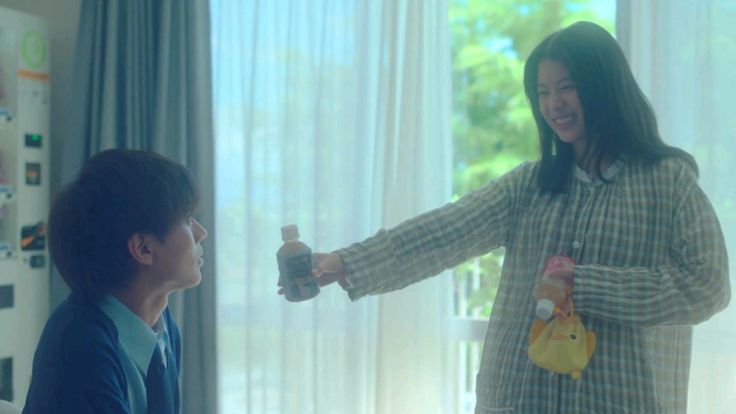
over the shoulder shot
the camera is placed just behind an "off-screen" actor so that their shoulder is in the frame.
effect:
places the audience in the position of the character of whose shoulder we see. the audience sees what they’re seeing.
can display a relationship dynamic between two characters on screen.

long shot
shows the entire subject from head to toe and places that subject in relation to their surroundings (whole body)
effect:
allows the audience to see the emotions on a character's face while simultaneously seeing their physicality, body language, actions and surroundings. it gives a sense of atmosphere and location.
allows audience to see body language and movement
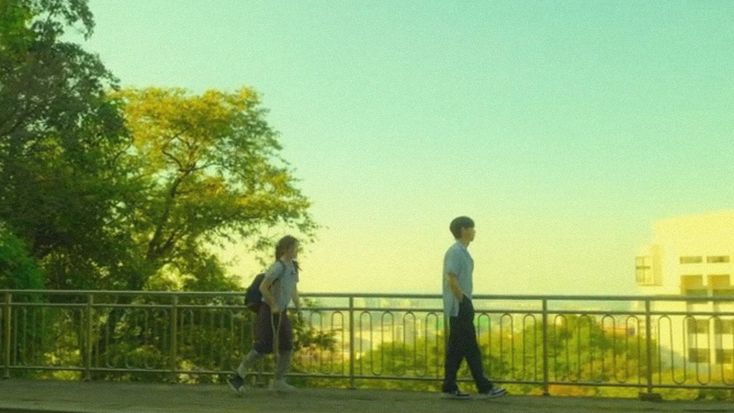
extreme long shot
the figure is small, background is really really large.
effect:
conveys information to the viewer about where the action in a scene is taking place or sets a character in their context.
When a character is shown as a tiny figure in a huge landscape, it can make them seem vulnerable, isolated, or insignificant.
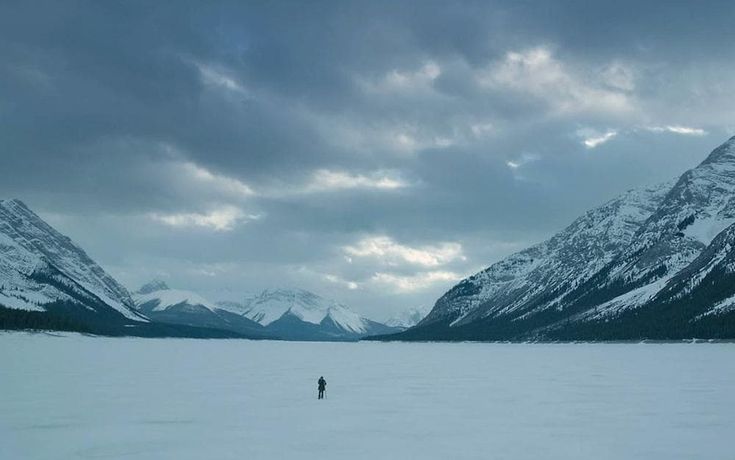
bird’s eye view shot
taken from an elevated vantage point than what is framed in the shot. These are often taken from directly above.
effect:
gives viewers a deeper understanding of what is happening below, and can make the character or figure look small or controlled.
high angle shot
camera looks down on subject from above
effect:
used to make the subject appear small, weak, vulnerable, insignificant, and lacking in power.
low angle shot
camera looks up at subject from below
effect:
make the subject appear large or powerful.
make them look like they have authority.
dutch tilt
the camera is tilted so that the horizon line is not level. This creates a slanted or skewed effect in the frame.
effect:
The tilted frame makes the scene feel off-balance, which can reflect a character’s confusion, mental instability, or a world out of order. creates a sense of unease
makes the audience feel that something is wrong or that danger is approaching
tracking shot
any shot that includes a moving camera that follows or tracks one or more moving characters or subjects (basically just follows something)
effect:
audience feels like they are moving through the world of the film, as if they’re following the action or stepping into the character’s shoes.
can create a sense of anticipation—what’s waiting around the corner? (if this ever happens…)
provides a point of view
build up to a climax or arrival
pan shot
a camera movement where the camera rotates horizontally from a fixed position, scanning from left to right or right to left. The camera itself doesn’t move, only the direction it’s facing changes.
effect:
reveal more of the setting
follow the action
build suspense by slowly revealing something
tilt shot
camera moves up or down from a fixed position, without changing its location.
effect:
reveal height and depth of an object or setting
can create power dynamics
build suspense or add drama. —causes anticipation
zoom in/out
the lens adjusts to make a subject appear closer (zoom in) or farther away (zoom out) without physically moving the camera.
effect:
focus our attention on a specific detail
create intensity by drawing our attention to a character’s thoughts
build suspense by slowly reveal something significant. (causes anticipation)
montage
combines a series of short shots or clips edited together
effects:
Speeds up storytelling by showing key moments quickly.
Builds emotion or tension through rhythm and editing.
Can show change, development, or passage of time
high-key lighting
Bright, even illumination
Very few shadows
Low contrast between light and dark areas
effect:
Creates a Cheerful, Light and positive Atmosphere
The scene feels happy, optimistic, or upbeat.
back lighting
when the light source is placed behind the subject, facing towards the camera. This means the subject is lit from the back rather than the front.
effect:
Creates a Silhouette or Halo Effect
Create a Dreamy or Dramatic Look
low-key lighting
Strong contrasts between light and dark areas
Deep shadows and minimal fill light
Often just one main light source (key light) with little or no fill light
effect:
Creates a Dramatic, Mysterious, or Suspenseful Atmosphere:
fade
literally fade in fade out capcut effect
effect:
Indicates Beginning or Ending
can suggest a time lapse or a shift between different times or locations.
point of view shot
shows the scene from the perspective of a character—what they are seeing. It puts the audience directly in the character’s shoes.
remember when we became heeseung? it’s literally that
effect:
shows character’s point of view directly
flashback
usually paired with something else to explain something
e.g. the murder on the orient express flashback is paired with grayscale colour (to show that it happened in the past)
narration/voice over
yup! poirot talking scene